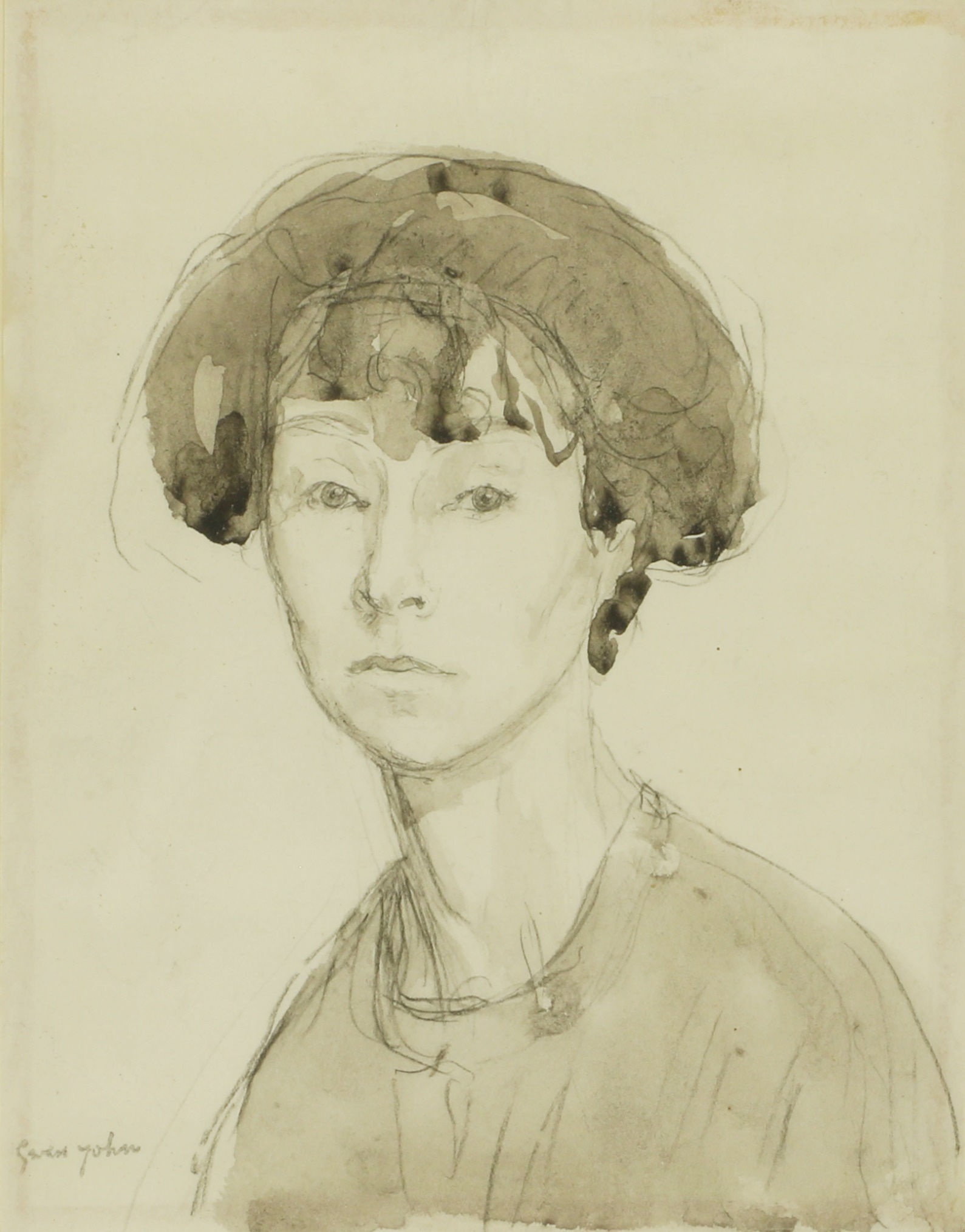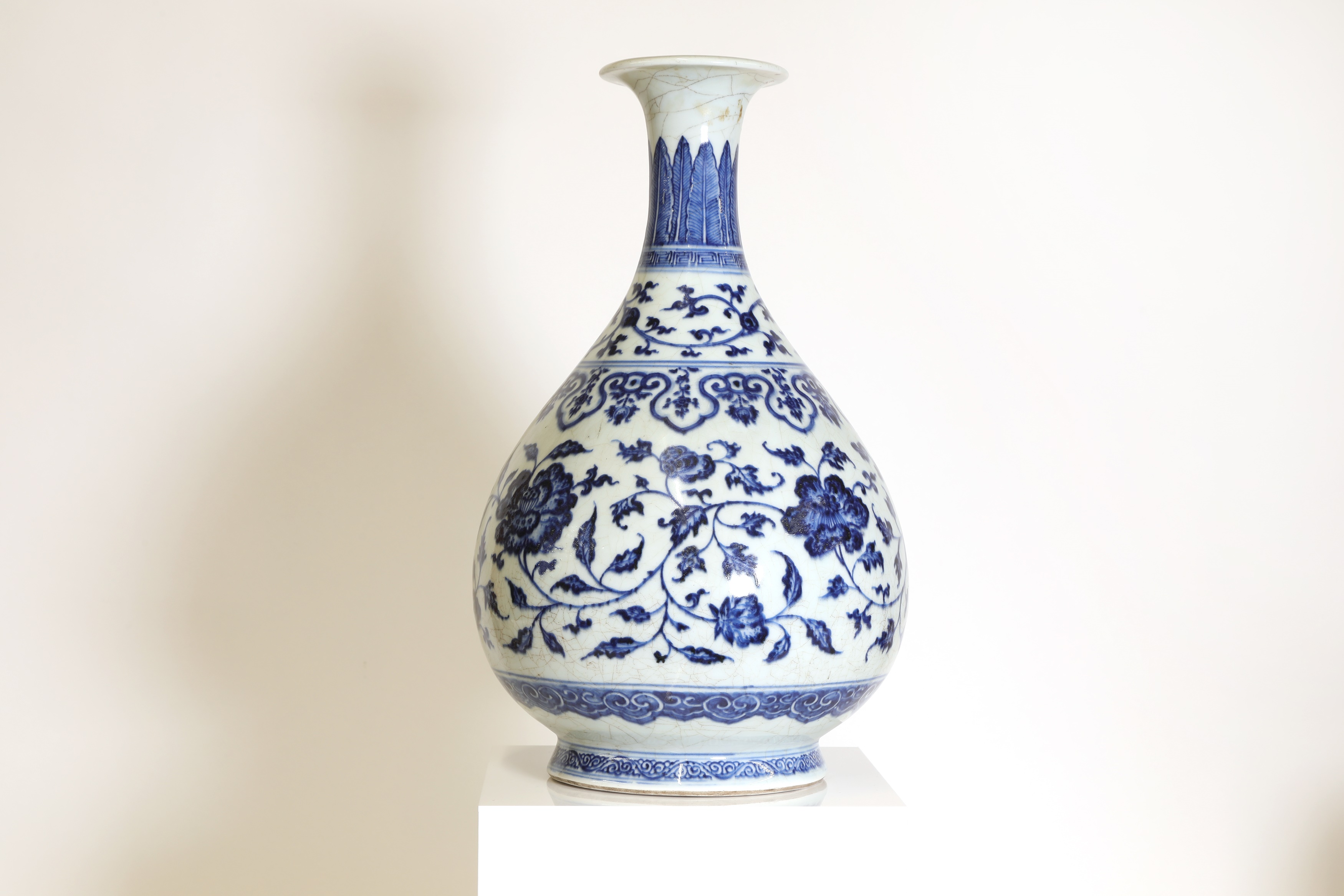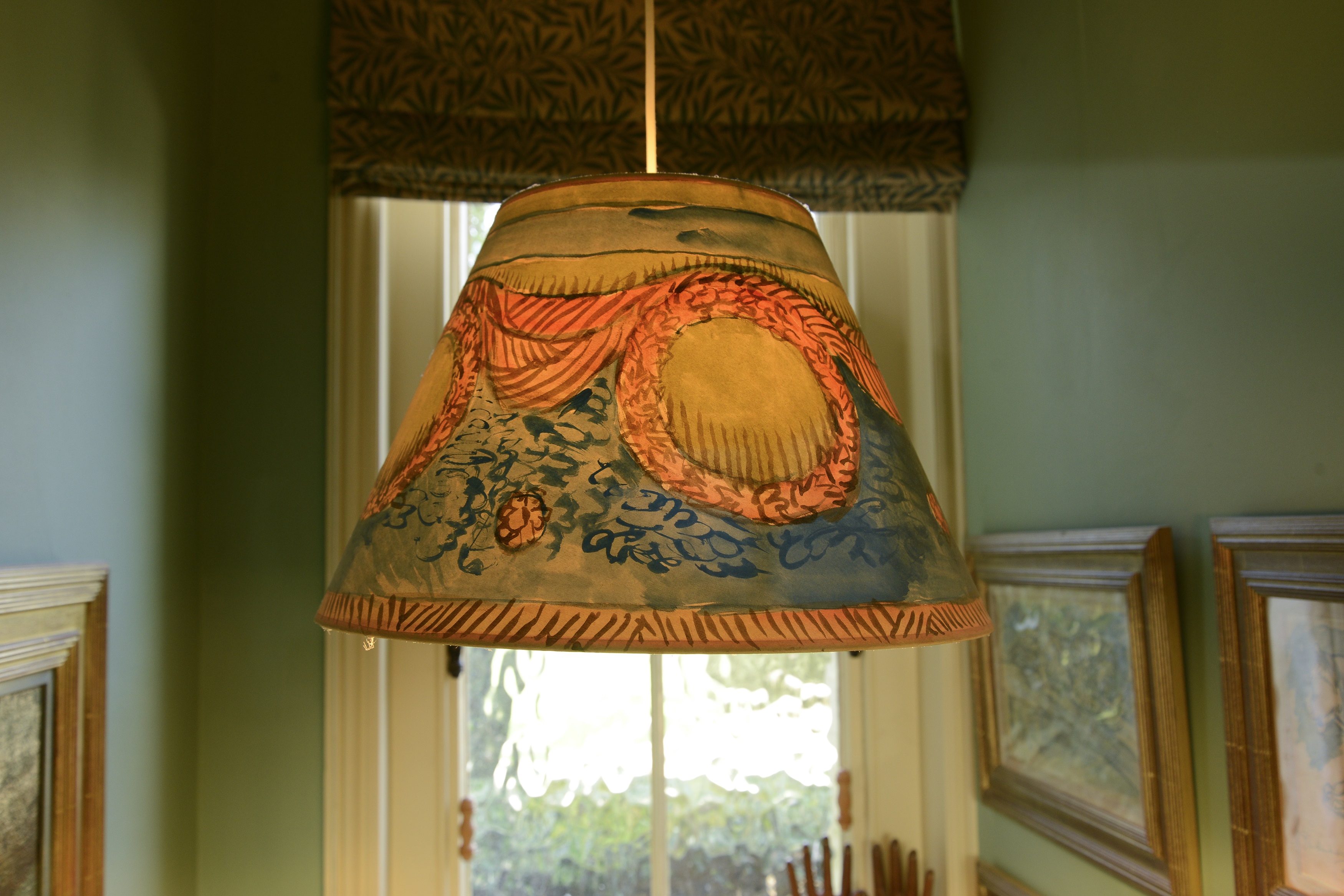

In the captivating world of art and antiques, each item carries with it a unique story that transcends time and space. Provenance, the documented history of ownership and origin, is crucial for validating authenticity and value. As art and antiques move through auction houses, collectors, and admirers, provenance becomes increasingly essential, serving as a guiding beacon through history.
23 January 2024
HOUSE SALES & PRIVATE COLLECTIONS REQUEST A VALUATION SPEAK TO THE TEAM
AUTHENTICITY AND TRUST
Provenance acts as a guardian of authenticity in the realm of art and antiques. As buyers and sellers navigate the intricate web of auctions, establishing the legitimacy of a piece becomes a paramount concern. The documented trail of provenance provides a transparent account of the artwork or antique's history, offering a sense of assurance to collectors and investors. A clear, well-documented provenance builds trust and confidence, enabling buyers to make informed decisions while ensuring that the treasures they acquire are genuine.

Gwen John (1876-1939), Portrait of Chloë Boughton-Leigh. From The Estate of Sir Jack and Lady Baer. Sold for £45,000 in October 2022
PRESERVING CULTURAL HERITAGE
Beyond the commercial aspects, provenance serves as a crucial tool in preserving cultural heritage. Art and antiques often serve as tangible links to our past, carrying the spirit of civilisations and the stories of those who came before us. Provenance acts as a time-traveling guide, unravelling the narrative of each artifact and placing it within the broader context of history. This documentation not only enriches the understanding of cultural significance but also safeguards these treasures for future generations, ensuring their legacy endures.

A Chinese blue and white yuhuchun vase, Yongzheng (1723-1735). From the collection of Maurice 'Dick' Turpin. Sold for £23,000 in January 2024
DETERRING ILLICIT TRADE
The art world has long been a target for illicit trade and theft. Provenance acts as a deterrent against the circulation of stolen or illegally obtained artifacts. Auction houses, galleries, and collectors are increasingly vigilant about scrutinising provenance to ensure that the pieces they handle have a legitimate and ethical history. By requiring clear provenance documentation, the art market takes a stand against the illicit trade of cultural artifacts, contributing to the global effort to protect cultural heritage.
MARKET VALUE AND INVESTMENT
In the world of art and antiques, provenance is not merely a historical footnote; it is a significant factor that influences market value. A well-documented provenance enhances the marketability of an artwork or antique, making it more attractive to potential buyers. Collectors often seek pieces with distinguished provenance, viewing them as valuable investments with a rich history. Auction houses recognise the importance of provenance in driving demand and, subsequently, the value of items on the rostrum.

Two hand-painted light shades, by Quentin Bell. From The Sally Hunter & Ian Posgate Collection. Sold for £3,500 in May 2021.
In the intricate dance between art, history, and commerce, provenance emerges as a linchpin that weaves these elements together. Its significance in the world of art and antiques auctioneering goes far beyond a simple record of ownership; it is a guardian of authenticity, a preserver of cultural heritage, a deterrent against illicit trade, and a catalyst for market value. As the art market continues to evolve, the importance of provenance remains steadfast, ensuring that each artifact and antique carries with it a story that resonates across time and enriches the tapestry of human history.
If you would like to learn more about the history of your art and antiques, or have an enquiry about a potential Estate or House Contents Auction, please contact us on -
01279 817778 | privatecollections@sworder.co.uk
All enquiries are treated in the strictest confidence.
Featuring in our 4 March auction 'Better by Design | The Principal Contents of Boden Hall', join us as we explore The Bill Wrather Collection of Automobilia.
5 February 2025
Ahead of our 4 March 'Better by Design - The Principal Contents of Boden Hall' auction, Professor Kenneth McConkey explores Harold Harvey (1874-1941).
4 February 2025
Ahead of our 4 March 'Better by Design - The Principal Contents of Boden Hall' auction, Professor Kenneth McConkey explores Sir John Lavery RA RSA RHA (1856-1941).
3 February 2025